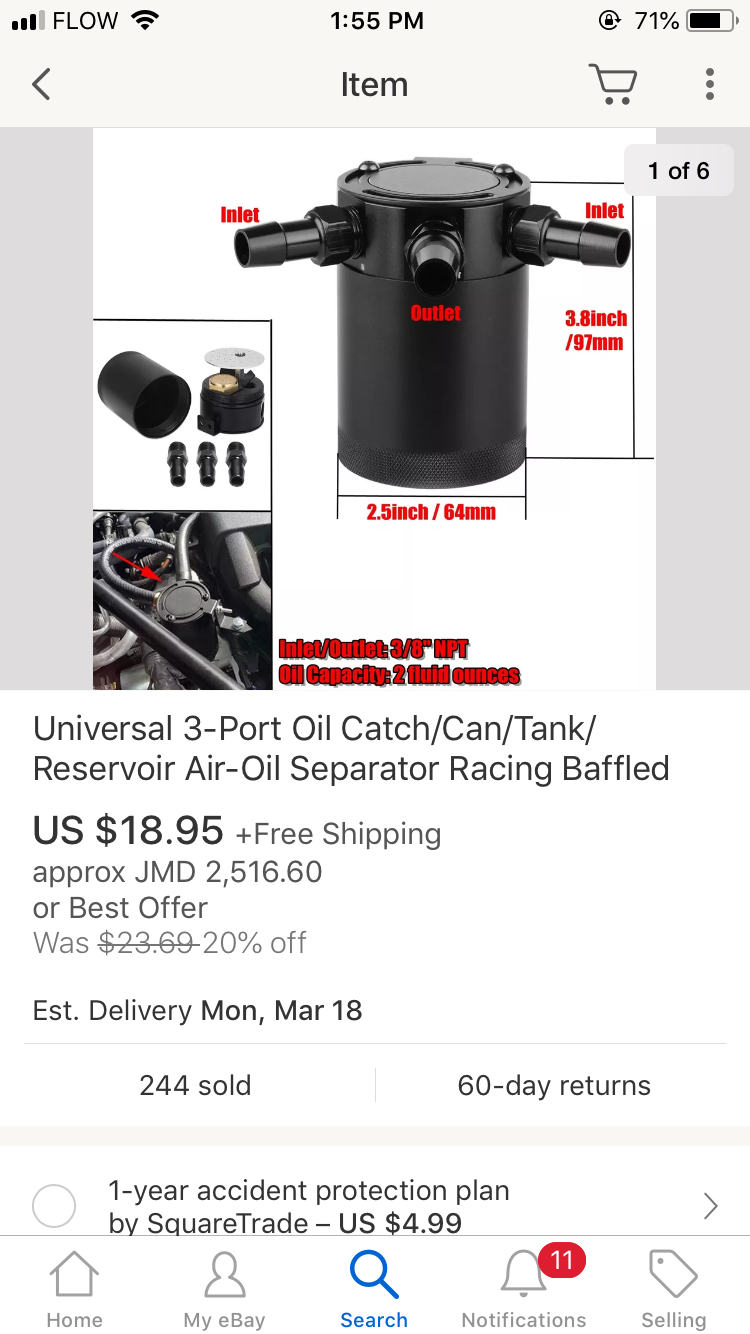

Clean make-up air is drawn into the other side of the crankcase from the intake tube, usually just after the mass airflow (MAF) sensor. So, the PCV system uses intake manifold vacuum to draw air from the crankcase (via the PCV valve or orifice) into the intake manifold, where these byproducts are burned up. Now, with modern emissions regulations, that isn't allowed.

In the old days, the crankcase was just vented into the atmosphere. Also, as the crankcase temperature varies, the pressure in the crankcase varies as well. This is part of what makes your oil dirty and lose viscosity over time. In the crankcase, these combustion by products mix with engine oil droplets, etc. Even in new engines, there is some piston ring blow-by from the combustion chamber into the crankcase. The PCV system, in my opinion, is the main cause of the issue. Many cars don't even have these any more, as automakers have designed the exhaust valve timing such that 'valve overlap' basically does the same thing, without the need for an EGR system. The EGR (exhaust gas recirculation) system directs some exhaust gases back into the intake, displacing some of the intake oxygen with non-combustible exhaust gases, which in turn lowers cylinder temperatures and reduces emissions. People in this thread are talking about two different systems: the EGR vs PCV systems. An oil catch can reduces the amount of these vapors that reach the valves, so I use one. For me, what makes sense is that the vapors scavenged by the PCV system are not cleaned off the intake valves in a standard direct-injection (DI) engine. I try to base my decisions on what makes sense. I have dealt with direct injection/intake valve build-up for some time now, and have heard a lot of opinions about the causes, what might help, and what won't help. Click to expand.This is a bit of a long post, sorry.


 0 kommentar(er)
0 kommentar(er)
